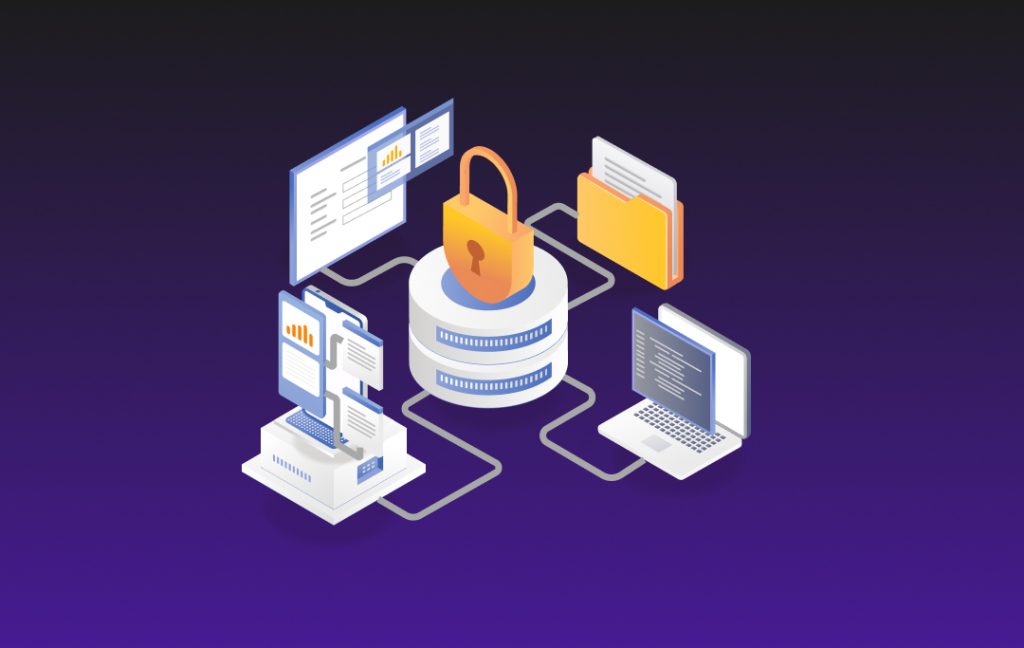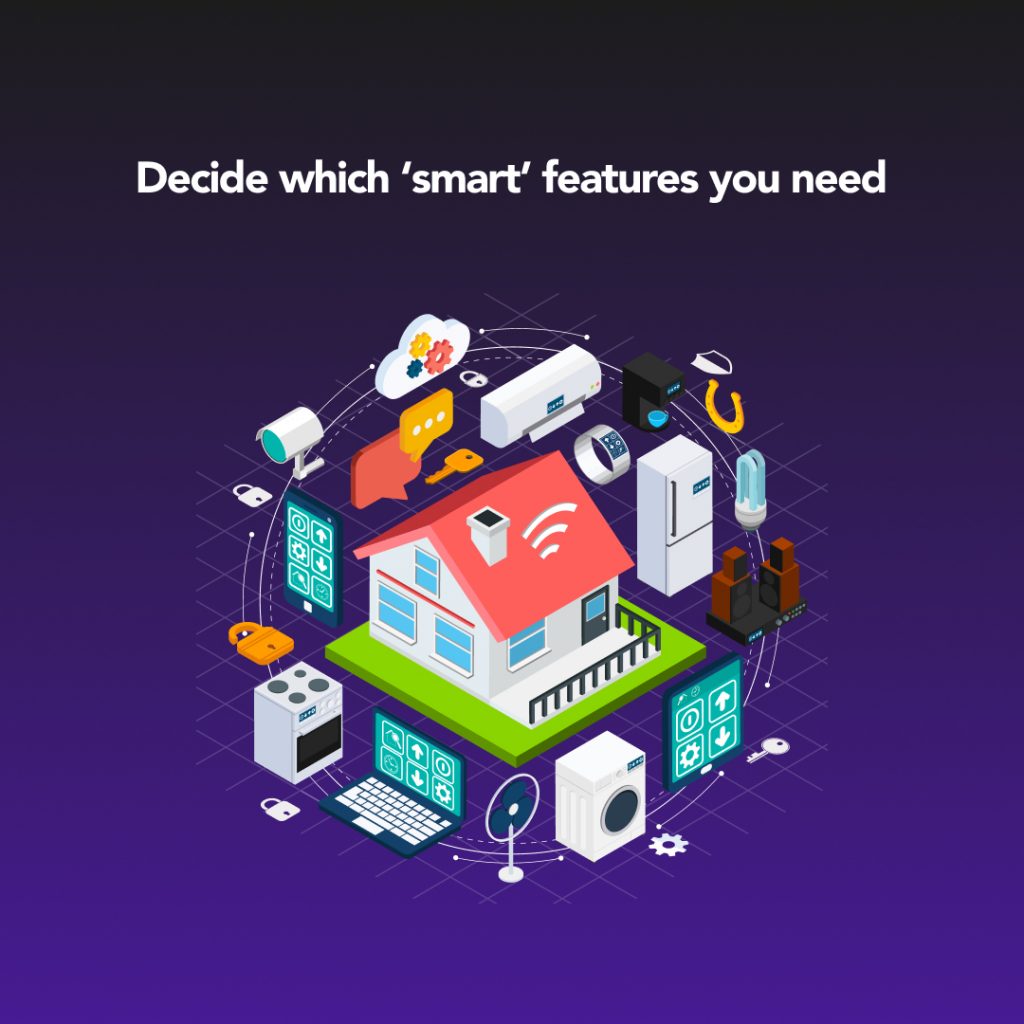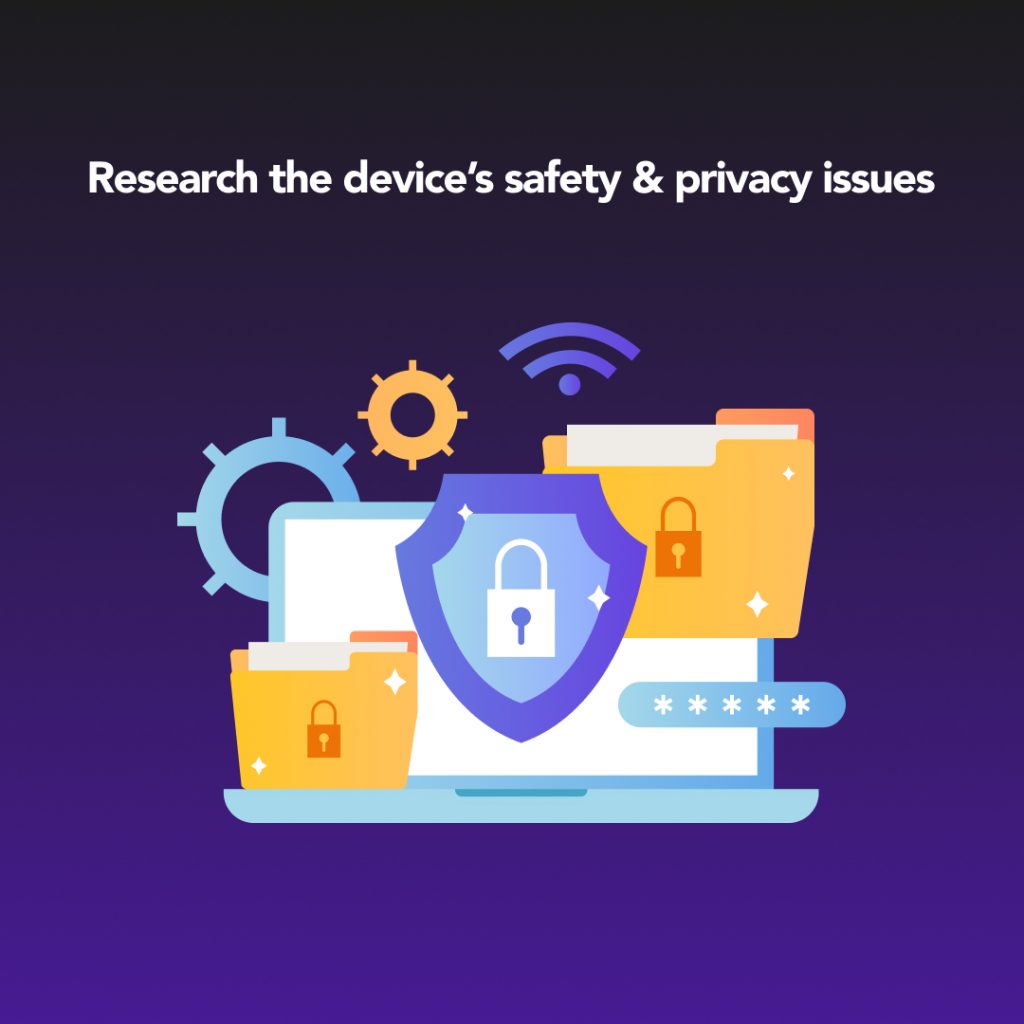
How ‘smart’ is your life?
Do you use a fitness tracker? A voice-controlled speaker or a virtual assistant, perhaps? What about an IoT home security system? I, for one, love the simpler ones—the likes of smart lights and smart refrigerators. If you do, have you wondered how to protect your IoT devices?
The Internet of Things (IoT) is either a smart device or a network of devices that have the capacity to connect to the internet, gather information, and exchange data with other devices.
With the pace at which technology is moving, it isn’t surprising that your home and office are full of such smart devices.
But, but, but…
IoT devices might be becoming commonplace given their benefits. Fair enough!
But there are associated risks that need to be understood and managed to take advantage of the devices:
1. Privacy and Security
The most common risk is that of privacy and security. Vulnerabilities in IoT devices may allow hackers to get your personal information and use that to gain access to your bank accounts.
These devices collect a lot of information, and there is no telling where that might end up.
2. Issues with Software Support and Maintenance
Not all IoT devices are backed by industry giants that guarantee long-term support and maintenance, A lot of lesser-known ones might fail on this front.
When the device doesn’t get updated, and the bugs remain thus, you could be left with a device with insecure-and-vulnerable-to-attack-software.
3. Insecure configuration
IoT devices need Wi-Fi configuration. Sometimes, instead of you controlling the device, the hackers could alter the device—yup, botnet!
Those mentioned above are just some of the many risks that need to be considered with IoT devices. After all, you would want to consider a few things before you start plugging those devices in your homes and offices.
We’ve got you covered
‘How to protect your IoT devices, then?
Saying that we won’t use IoT devices isn’t the solution. I mean, that’s like shooting in the head to get rid of a headache.
IoT devices are essential and increase efficiencies not just in the homes, but also in workspaces. So, use them but use them well. First and foremost, pay attention to how the devices are set up and if the benefit trumps the disadvantages.
Here’s a quick guide on what measures you can take to protect your IoT devices

Update Software
Are you one who clicks on the ‘Remind me later’ button for software updates? Please don’t do that.
Software updates are crucial for your digital safety and cyber security. Here is a short list of why you need to stop pressing the ‘Remind me later’ button:
- Software updates are done to repair security issues and fix/remove bugs.
- The updates allow for the addition of new features and the removal of outdated ones.
- Doing so helps protect your data.
- Software updates keep your device secure so that it can potentially help others whom you interact with online.
- Software updates can boost the performance of your device.
A quick tip is that you can configure your device to update automatically. You won’t have to click on the ‘Update Now’ button if that’s what you don’t like.

Decide which ‘smart’ features you need
Because of the rapidly changing landscape of the Internet of Things (IoT), it might seem like everything needs to be smart—fans, lights, ovens, air conditioners, chairs—name it, and it has been thought of, most likely, it is already in use.
Many of these devices are packed with features. Sometimes, we don’t even use all the features that the IoT device comes it. For example, the smart refrigerator that gives you the information on when the milk you bought will expire, can very well keep the fridge cold even when it is not connected to the internet.
Just because you have the features doesn’t mean you need to use them even when you don’t need them. See what I was trying to say here?
A quick tip is that you disable the features that you don’t need. Doing so will help you take charge of your security and privacy.

Use a strong and unique password
You unbox a shiny new device, use the default password that it came with, and in a day or two, forget the whole shenanigan. Sounds familiar?
Guilty as charged, I have done that a few times myself, and it hasn’t been ideal is what I can share right now.
Passwords are the first line of defense against unauthorized access. The stronger your password, the more protected your device will be.
A quick tip is to use a password generator and a password keeper app. And for heaven’s sake, stop being the person who uses the same password for everything! This can present a big risk to all of your data.
This is a list of the most commonly used passwords. Here’s hoping yours does not appear on this list.

Use 2FA
It took us a few phishing scams to sprint to action, but we did what we had to do and started using 2FA.
2FA stands for two-factor authentication. It is a process where you use a second method to authenticate who you are on top of the default username and email password combination.
This provides added security to the IoT device if your details are breached.
A quick tip is to turn on or enable 2FA where and when possible (ahem, all the time!)

Apply network segmentation
With Network segmentation, you can divide your network into smaller, distinct sub-networks.
You have already seen it! Your Wi-Fi router has a ‘guest’ network that can be used to segment different networks for different devices.
Doing so can boost your overall security by
- Limiting access privileges to those who need them,
- Protecting the network from widespread cyberattacks, and
- enabling better network performance by reducing the number of users in specific zones.
A quick tip is to keep IoT devices on the guest network we discussed earlier. It will prevent them from communicating with your necessary devices and would be a reasonable security precaution.

Research the device’s safety & privacy issues
We buy many things online, and when we do, we read reviews. The exact applies when it comes to buying IoT devices. Cybercriminals like to distribute phony applications.
There’s always someone on the internet who has used the device and put up a review. If you are lucky and want to buy a popular IoT device, chances are that the device has been reviewed by security professionals.
A quick tip is to research before buying an IoT device. It can save you a lot of future stress.
This is one helpful guide…
This sure is a pretty helpful guide when it comes to knowing how to protect your IoT devices
Just remember to:
- Update software
- Decide which smart features you need
- Use a strong and unique password
- Use 2FA
- Apply network segmentation
- Research the device’s safety and privacy issues
But I want to make an IoT device…
If you are someone who not just owns an IoT device but also wants to develop and sell one, we’ve got you covered.
The partnership between Aerion Technologies and CRINNAC gives us an edge in delivering an IoT device that is not just competent regarding software but also hardware.
Get in touch for a Free Consultation Today, and we’ll work with you through the process—end to end—to ensure that the end users get the IoT device that they wanted.







